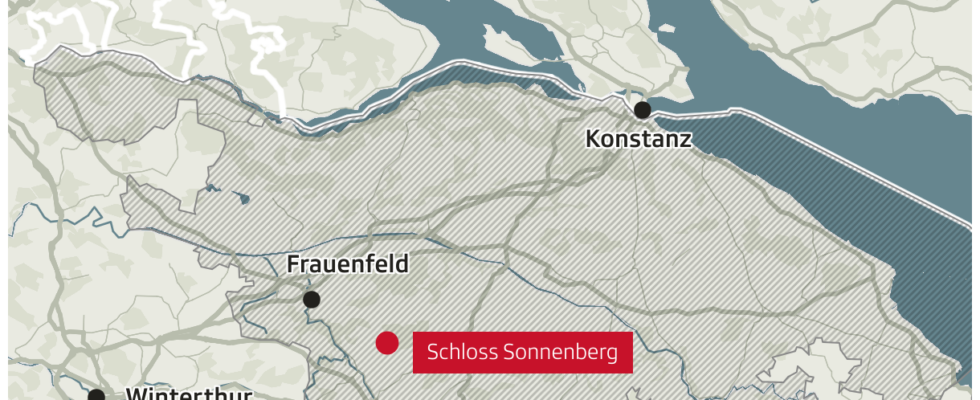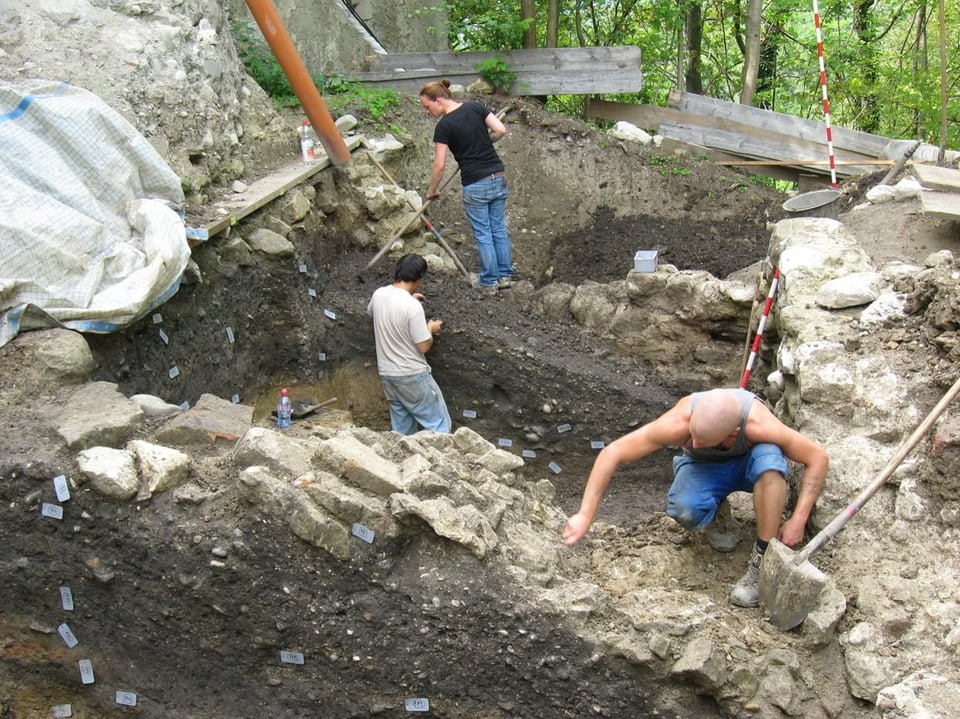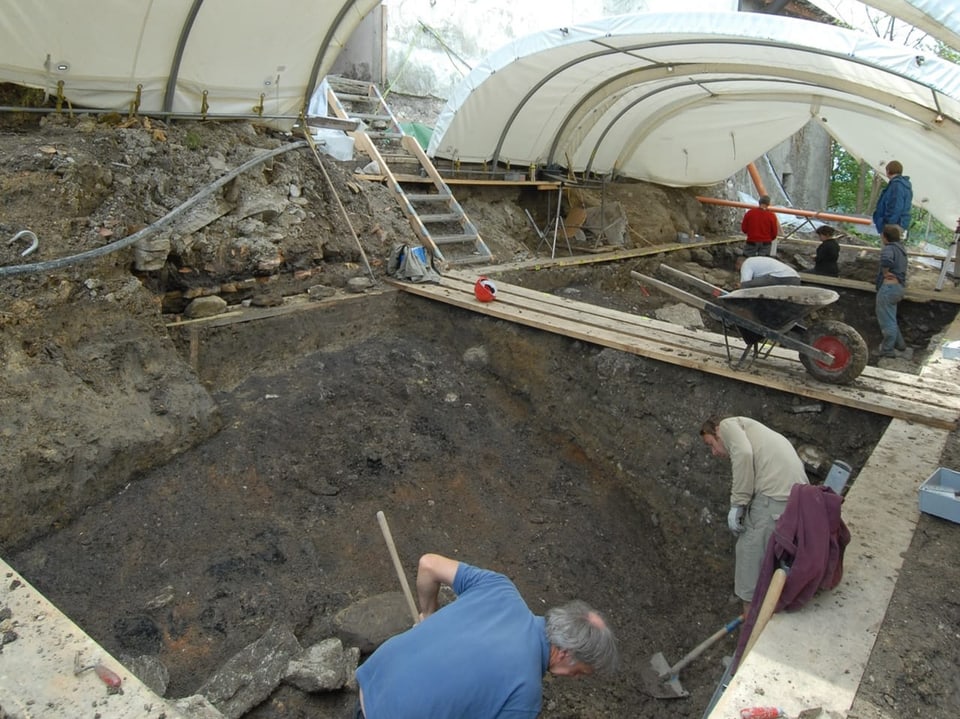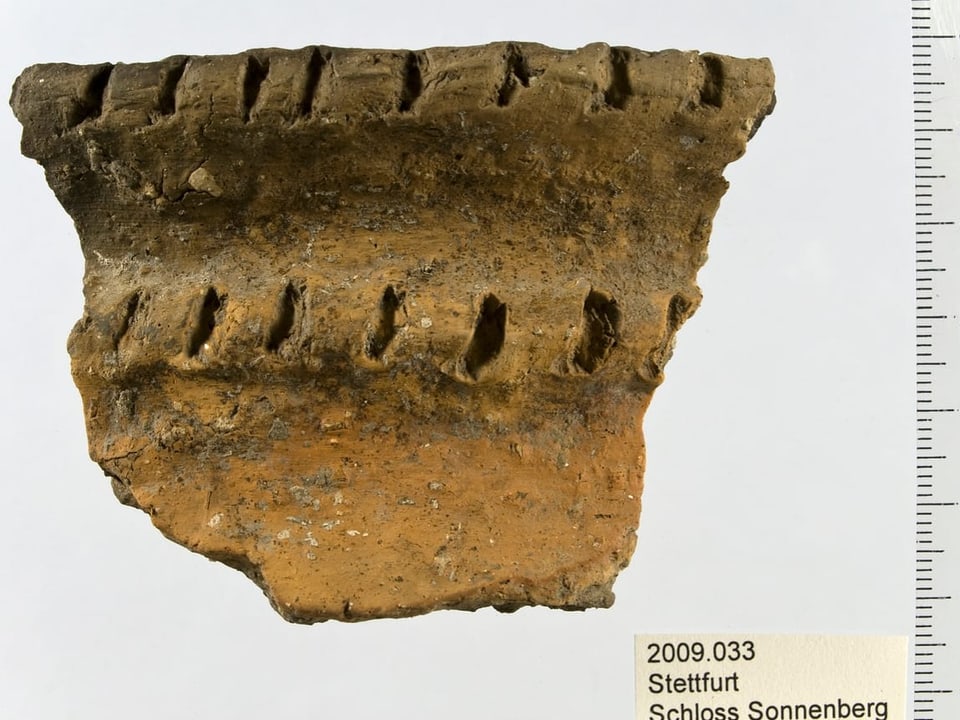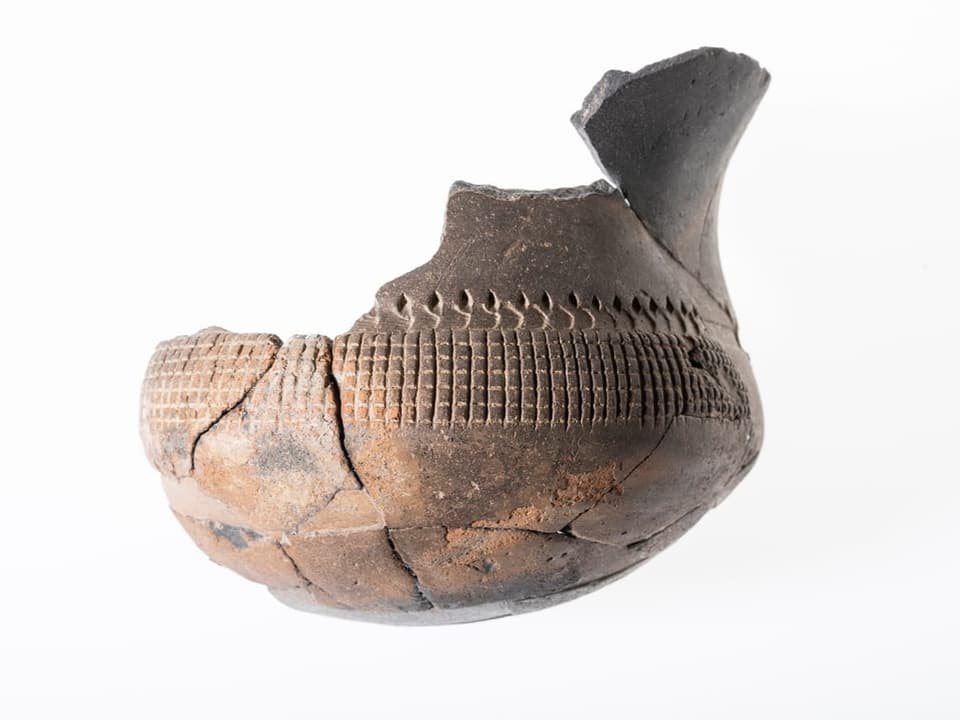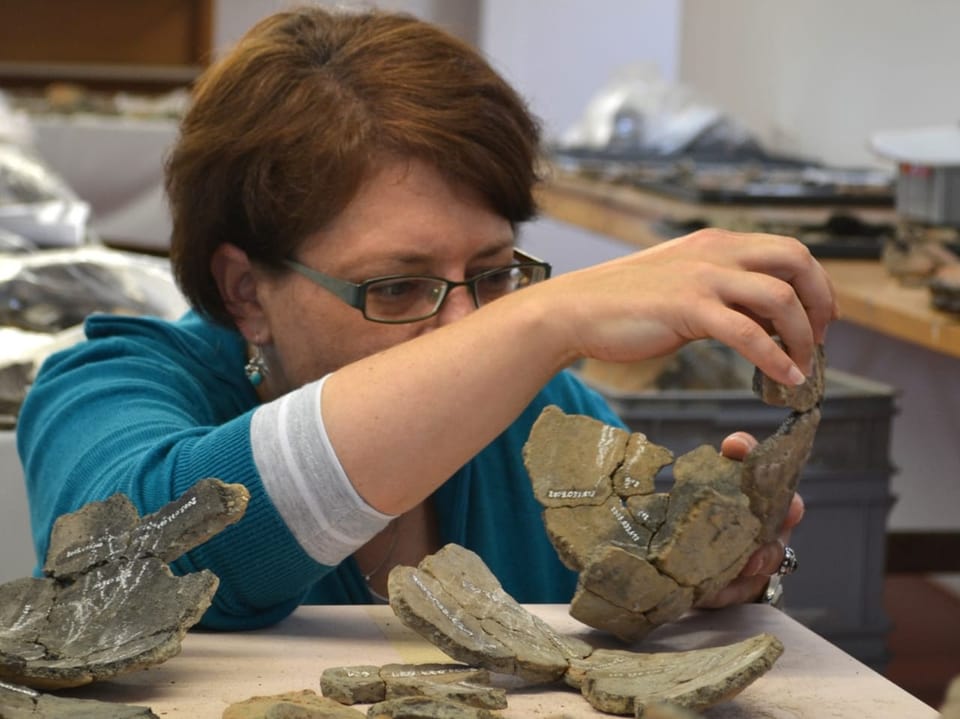Contents
Pottery shards that are over 6,000 years old were unearthed near Frauenfeld. The dimension becomes known in a book.
Where were the finds discovered? In the municipality of Stettfurt in the canton of Thurgau, very close to the capital Frauenfeld. There, high above the village, sits Sonnenberg Castle. The oldest village in the canton was found on this striking hill. Well over 6,000 years ago, pile dwellers lived on the Sonnenberg.
Why was the site discovered? There was still a castle above Stettfurt around the 14th century. It was probably destroyed by fire in 1595. The castle that still exists today was built on the ruins. In 1678 this came into the possession of the Einsiedeln Monastery, which sold the castle to a private individual in 2007. The new castle owner wanted to build an underground car park. During the excavation, specialists from the Thurgau Office of Archeology discovered historical finds.
Archaeological excavations
How was the digging done? The major archaeological excavations took place in 2009. Until 2016, only small excavations were carried out to accompany the palace renovation. During the client’s explorations in May 2009, their team of specialists came across thick layers of charcoal, says department manager Simone Benguerel.
The oldest village in Thurgau was on the Sonnenberg.
What was found? She brought the first shards of pottery to light from the layers of charcoal. This also includes one of the oldest cups from Thurgau. This shard is 6,300 years old and proves: “The oldest village in Thurgau stood on the Sonnenberg.”
These are pile-dwelling settlements outside the lakeshore, says Benguerel. Over thousands of years, people have repeatedly built settlements on the Sonnenberg. They would have built their houses on the plateau and deposited the remains of their ancestral villages beneath them.
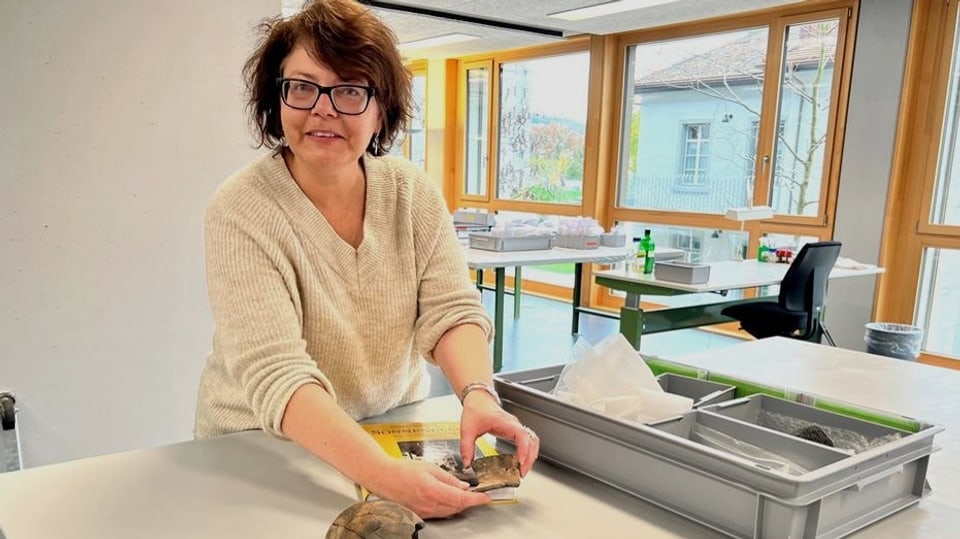
Legend:
Archaeologist and author: Simone Benguerel with her first find: a pottery shard – 6,300 years old.
SRF KATRIN KELLER
What was found and examined? During the excavations, traces of prehistoric settlements, pots and tools from the Stone and Bronze Ages were discovered. The finds are surprisingly numerous and well preserved. Today, the canton of Thurgau’s lost and found depot in Frauenfeld contains vessels, flint and other stone artifacts and devices made of bones and antlers from around 3700 and 2800 BC.
Historical finds
Why are these finds important for Switzerland? These finds are of national importance because it is a stroke of luck that they are so well preserved. Due to the construction of the castle, they were not destroyed by erosion. Above all, a pile-dwelling settlement was found outside the lake shores and other wetland areas. The expert therefore expects that such Neolithic settlements can also be expected on other hilltops – not just near the lake.
The finds are so extraordinary that a book has now been published about them. The author is the excavation director herself, Simone Benguerel: “It is a specialist book for archaeologists and those interested – but not only.” The finds are evaluated and classified in the book. Photos with funny excavation situations and pictures that realistically depict the prehistoric times on the Sonnenberg are shown.

Legend:
Bisons like those currently being reintroduced to the canton of Solothurn used to live in Thurgau.
KEYSTONE/Anthony Anex
What’s strange to learn? In the book about the pile-dwelling settlements on the Sonnenberg there is also an analysis of the slaughterhouse waste. It tells us what the settlers at the time ate. Thousands of years ago there were wild cattle such as aurochs and bison in the region and that’s why – according to Simone Benguerel – “a bison steak for dinner on the Sonnenberg”.
